Work Wear of the World Unites: A New Revolution in Denim
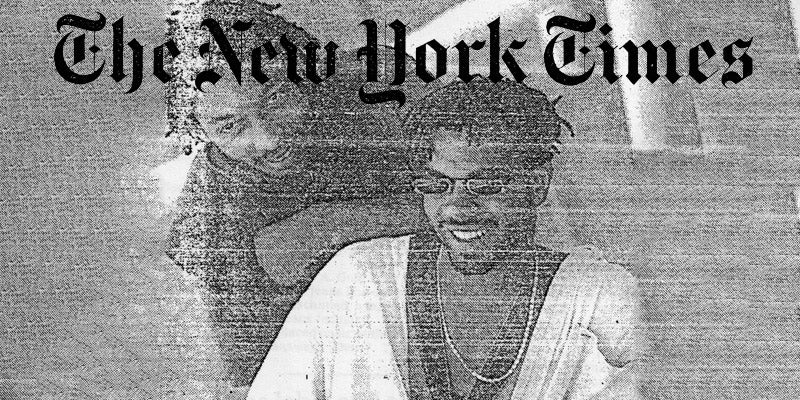
Maurice Malone, left, with a sample of his chain-fastened overalls and Ishmail Wali, who is a designer backpacks. Tony Shellman salesman for Walker Wear, wearing April’s vest with fireman closures, jean jacket and baggy jeans.
The first time I was covered by the New York Times, and maybe it was my first national news article, was published on September 14, 1993. It was written by the great Amy M. Spindler. From my copies of the newspaper clippings, it was originally titled “Work Wear of the World Unites: A New Revolution in Denim.” However, I recently found it was archived at The New York Times under, “Brave New Jeans Warriors.”
From what I can remember, along with the Magic Show, it was one of the early gatherings of talent. I met or was introduced to some of those who would later grow to be Urban Streetwear legends. It was like the incubator for what was to become the heydays at Magic, Las Vegas.
We displayed the Maurice Malone “Blue Jeans For Your Ass…” labeled clothing in small modest booths along with Carl Jones and TJ Walker of Cross Colours. They were the big dog at the time. Coming up quickly was the new guy they were backing, Karl Kani. This is where I may have met Tony Shellman for the first time, who would become Mecca and Enyce’s co-founder and leading man. At that time, he was a salesman for April Walker at Walker Wear. There was Sean John’s President and CEO Jeff Tweedy, working for Karl Kani. Another booth housed Russell Simmons's Phat Farm. There were more that I’m probably over-looking, but those are the people most fresh to my memory, along with many legendary retailers.
I plucked a few select paragraphs from Amy’s article. The complete story is available on The New York Times website.
Brave New Jeans Warriors
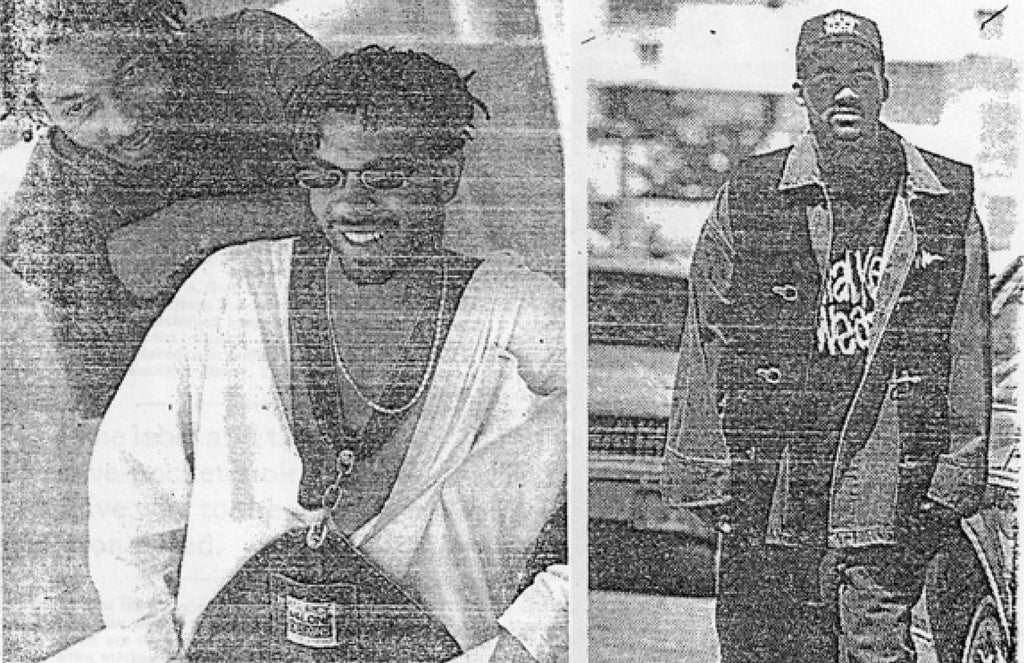
By AMY M. SPINDLER SEPT. 14, 1993
Maurice Malone, left, with a sample of his chain-fastened overalls and Ishmail Wali, who is a designer backpacks. Tony Shellman salesman for Walker Wear, wearing April’s vest with fireman closures, jean jacket and baggy jeans.
Maurice Malone, in chain-fastened overalls, Ishmail Wali and Tony Shellman salesman for Walker Wear, wearing April’s vest with fireman closures, jean jacket and baggy jeans.
Sometime during the last year, the word "basic" began being used as a pejorative term by fashion people. Nowhere is this new usage more evident than at the first International Jeanswear Show, which began Saturday and will end Monday at the Miami Beach Convention Center.
"Everyone keeps crying that the Gap has stolen this and that. Everyone is sleeping. I see a golden opportunity. This is the time for fashion designers to come to the front again. I need fashion in my store. Basic is boring."
Mr. Herman's A. Gold E. is a feminine, no-pocket jeans line designed by Adriano Goldschmied, a legend in the European jeans industry.
The label and the five-pocket look give way to the iron-fisted
What replaced basic at the International Jeanswear Show? The mystique of the prisoner, the iron-fisted workman and the survivor of the street are the subtexts of the jeans being marketed for men today.
The denim is rigid, unwashed, unfaded. Or violently punished, worn through to the threads and nearly white. Club wear is cut from fabric that looks like the sort worn at nuclear-waste sites. Heavy hardware is everywhere. Firemen's buckles close jackets or jean fronts, as at Parasuco. Chains run from belt loops to pockets. Maurice Malone's big overalls come with metal links between the suspender straps and the jeans.
There is no denying that hip-hop designers -- with their baggy overalls, carpenter pants and extra-, extra-large jeans -- are stealing more than a few Levi's customers.
"We're not at all a hip-hop store," said Izzy Ezrailson, the owner of Up Against the Wall in Washington, D.C.
Still, he said, he happened on the trend when Carhartt, the traditional blue-collar workmen's uniform, started suddenly selling well, along with sportsmen's hunting vests, like one that hung at the booth of Phat Farm, Russell Simmons's work-wear-influenced hip-hop collection. "All our traditional denim sales are a little weak," he added.
Instead, people are buying alternatives, and that is what this trade show is about. Big-name fashion innovators from Europe -- Jean-Paul Gaultier, Franco Moschino, Katharine Hamnett, John Richmond -- seemed happy to show their wares alongside the upstart companies.
Denim Nostalgia
Granddaddy companies like Levi Strauss, Lee and Wrangler, meanwhile, didn't bother coming to Miami Beach to protect their vast jeans territory. Perhaps it's because what's newest in the jeans market is what's oldest about Levi's: the concept of work wear.


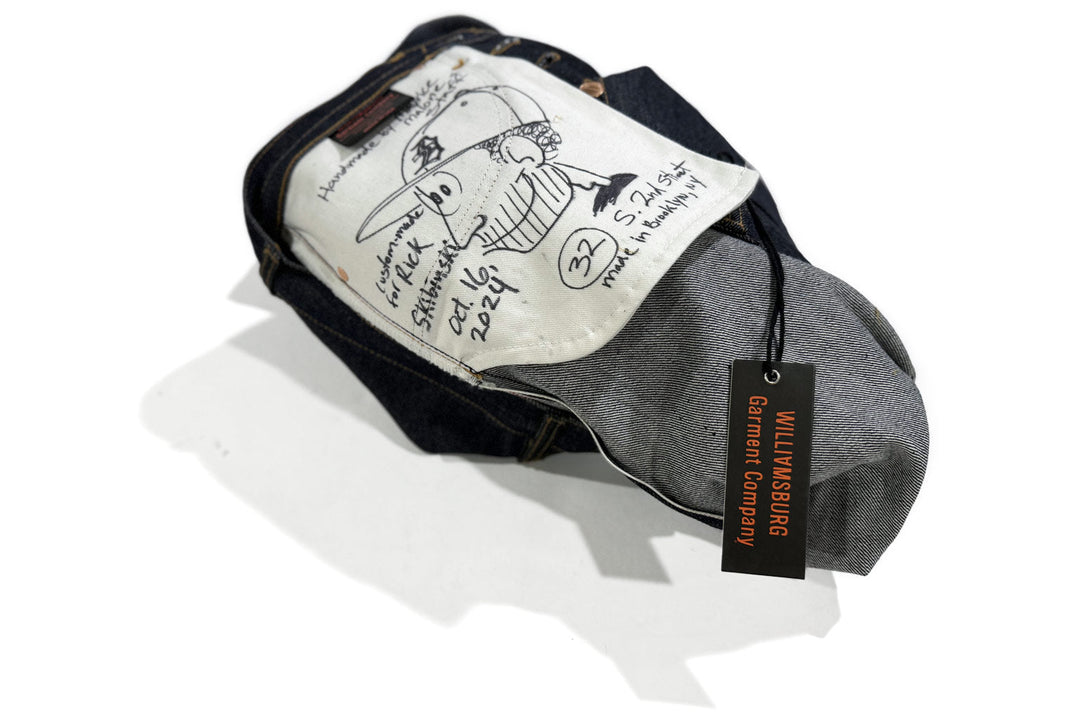

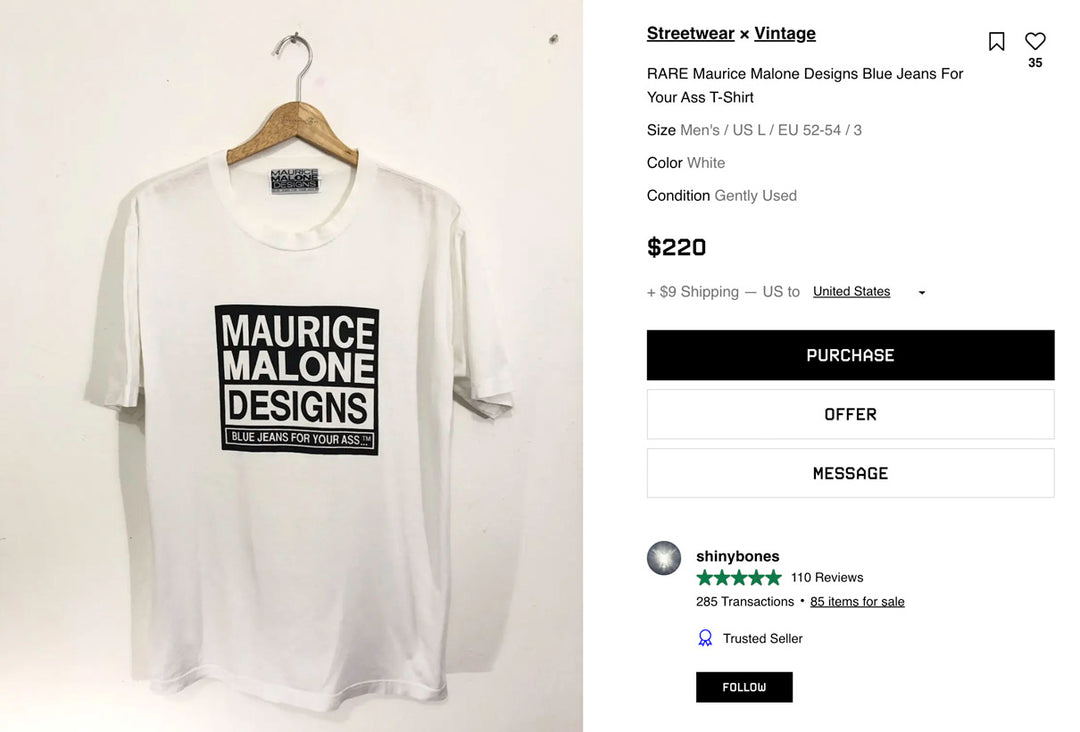
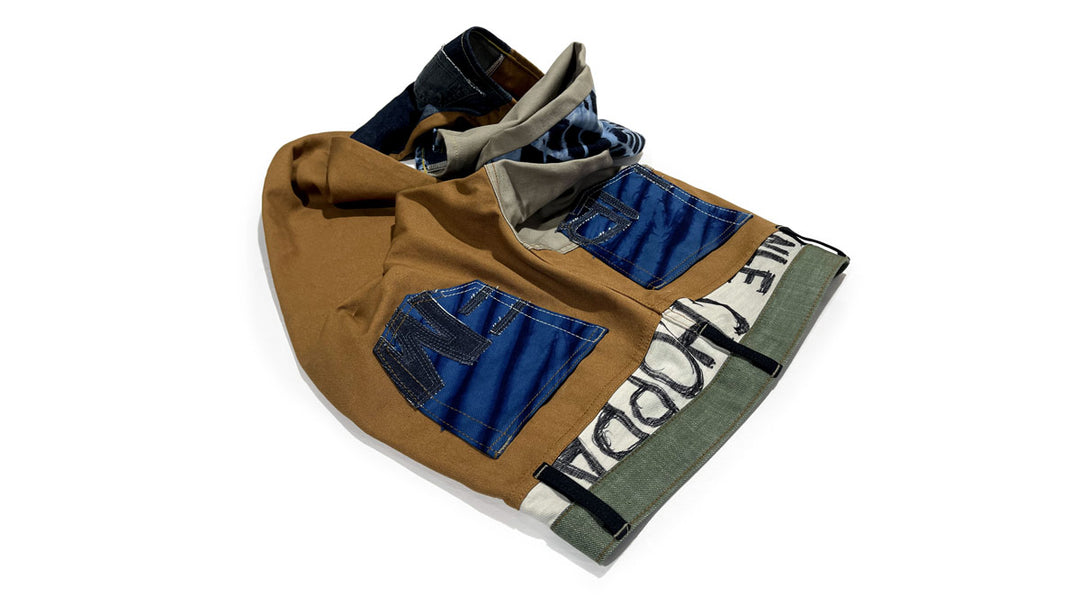


I have a pair denim jeans 40-32 all black I used to rock your stuff back in the days just catching up with your website and get in contact with me I would like to purchase some more product from you and my shirts I wear a extra large te
Leave a comment